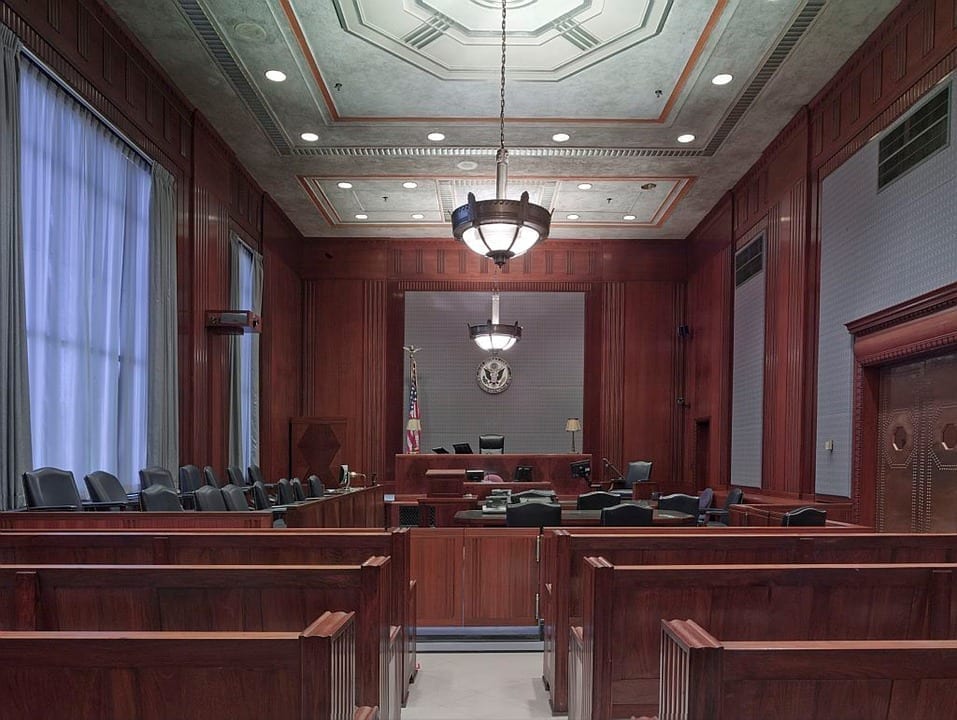Before a case goes to trial, there’s often a period of negotiation or mediation, where both parties try to reach an agreeable settlement with the help of their attorneys and possibly a mediator.
Personal injury cases form a significant part of the legal proceedings in countries like the United States, encompassing everything from auto accidents to workplace injuries. These cases often involve complex legal and medical considerations and can be emotionally and financially draining for the parties involved. While most people know of a courtroom trial, surprisingly few personal injury cases reach this stage.
Here, we’ll explore the various aspects of personal injury litigation, emphasizing the proportion of cases that go to trial and some key factors influencing this phase of the legal process.
Understanding Personal Injury Cases
Before delving deeper, it’s essential to understand what constitutes a personal injury case. These cases typically arise when an individual suffers harm from an accident or injury, and someone else might be legally responsible for that harm. Whether it’s a slip and fall incident, medical malpractice, or a car accident, the injured party may be entitled to compensation for their injuries, pain, and suffering, which often requires egal action.
Hence, if you’re injured due to another person’s negligence, working with a legal professional in your local area would be an excellent idea. For instance, if you’re from Queens, you may seek assistance from an experienced legal expert who can handle all personal injury cases in Queens.
The Percentage Of Personal Injury Cases That Go To Trial
When dealing with personal injury cases, one of the most crucial aspects to understand is how often these cases proceed to trial compared to those settled beforehand. The reality is that a very small percentage of personal injury cases end up in front of a judge or jury. Here’s a detailed look into the percentages and the three things you need to know from the get-go:
1. Overview Of Personal Injury Case Resolutions
Most personal injury disputes are resolved without a trial. It’s believed that approximately 4% to 5% of personal injury cases in countries like the United States go to trial. Approximately 95% to 96% of cases are settled out of court before reaching the trial phase. This discrepancy may be due to several factors that both plaintiffs and defendants consider when dealing with personal injury cases.
2. Factors Influencing The Decision To Settle Or Go To Trial
Deciding whether to settle or go to trial in a personal injury case involves weighing multiple factors. Below are the key elements that influence this critical decision:
- Risk of Loss: Going to trial is a gamble with high stakes. Both parties may find the risk of losing at trial greater than the potential benefit of a higher reward.
- Legal Expenses: Trials are expensive. Attorney fees, court fees, and other related costs can accumulate quickly, making settlement a more cost-effective option.
- Time Consumption: Trials can extend for months or even years. Settling a case usually is much faster, allowing all involved parties to avoid the stress and uncertainty of prolonged litigation.
- Emotional Strain: The emotional toll of a courtroom battle can be daunting. Privacy loss and the stress of public proceedings can lead many to prefer the relative peace of settlements.
- Unpredictability of Jury Decisions: Juries are notoriously unpredictable. Both sides might prefer the certainty of a negotiated settlement over rolling the dice in court.
These considerations play crucial roles in shaping the strategic choices of plaintiffs and defendants alike.
3. Reasons Why Few Cases Go To Trial
Below are the reasons why only a small percentage of personal injury cases see the inside of a courtroom:
- High Costs of Trial: Both the direct and indirect costs associated with going to trial often outweigh the benefits, pushing parties toward settling. These costs include attorney fees, court fees, and other expenses related to prolonging the litigation, such as time away from work
- Time Efficiency: Settlements can often be negotiated much shorter than a trial. With settlements, the plaintiff can get faster compensation and both parties will spend less time in legal proceedings.
- Avoidance of Public Exposure: Many plaintiffs and defendants prefer to handle their disputes privately, without the public scrutiny that comes with a trial.
- Predictability and Control: Settlements can provide a controlled outcome negotiated by both parties, whereas trial outcomes are uncertain and in the hands of a jury.
Understanding that reasons why few cases proceed to trial is crucial for anyone involved in such disputes to ensure a favorable outcome.
Key Steps In A Personal Injury Case
Navigating a personal injury case involves several critical steps that determine its progress and outcome. Below are the key stages in a personal injury case:
1. Initial Consultation And Case Evaluation
Legal experts specializing in personal injury start with a detailed case evaluation to determine the validity and potential value of the claim.
2. Gathering Evidence
Collecting pertinent evidence such as medical records, eyewitness accounts, and expert testimonies is crucial in building a strong case, whether it’s aimed at settling or preparing for trial.
3. Negotiation And Mediation

Before a case goes to trial, there’s often a period of negotiation or mediation, where both parties try to reach an agreeable settlement with the help of their attorneys and possibly a mediator.
Conclusion
Although the journey of a personal injury case from inception to resolution can be long and complex, understanding the dynamics and probabilities of settling versus going to trial can help the parties make informed decisions. With the information mentioned above in mind, it’s clear that settlements are often more advantageous for all involved parties. However, having a skilled attorney can ensure your rights are protected and that you receive the compensation you deserve, whether through a settlement or a court verdict.


Join the conversation!